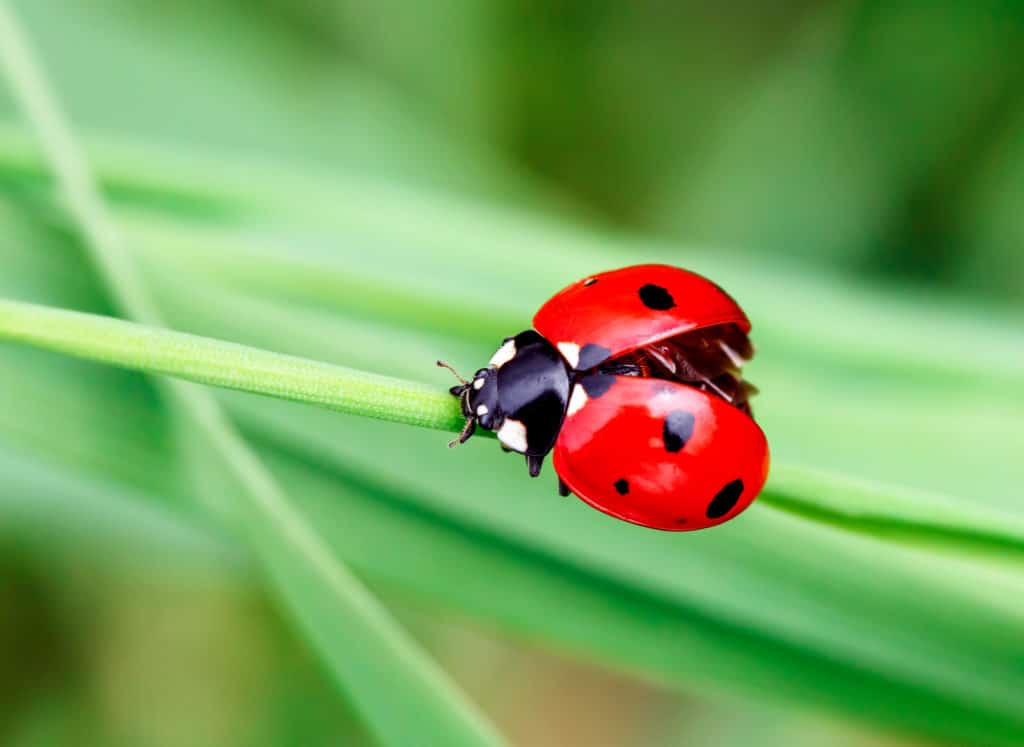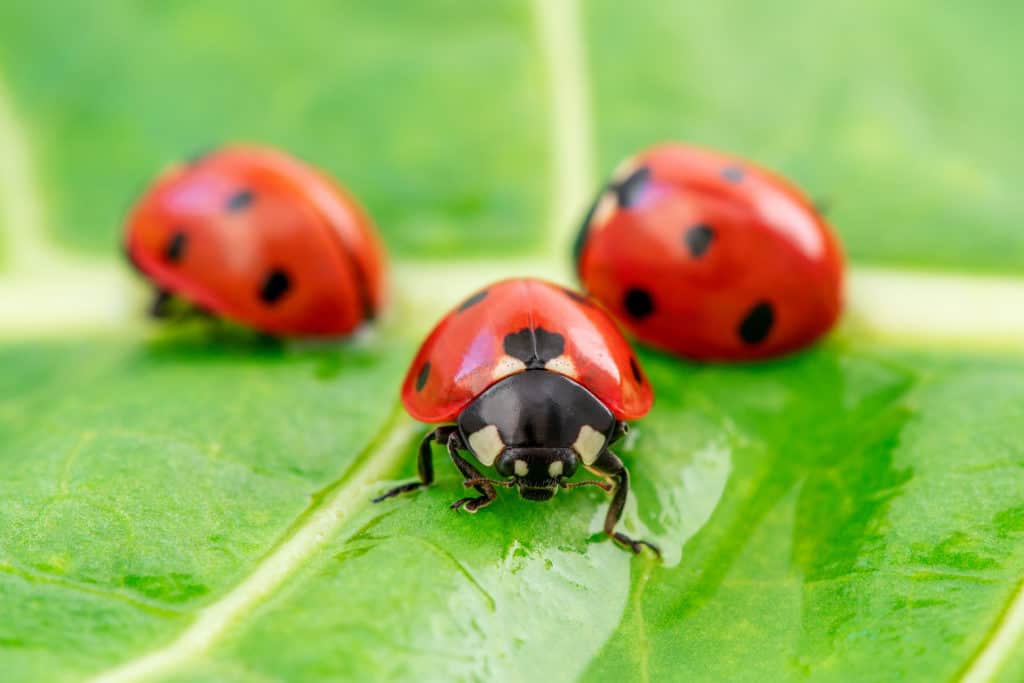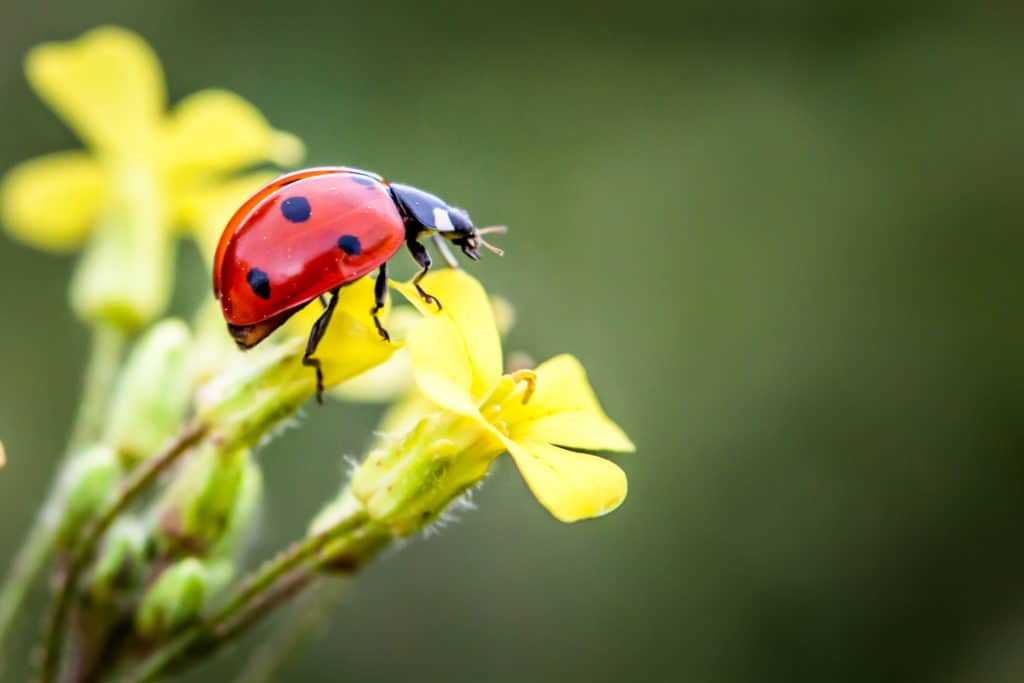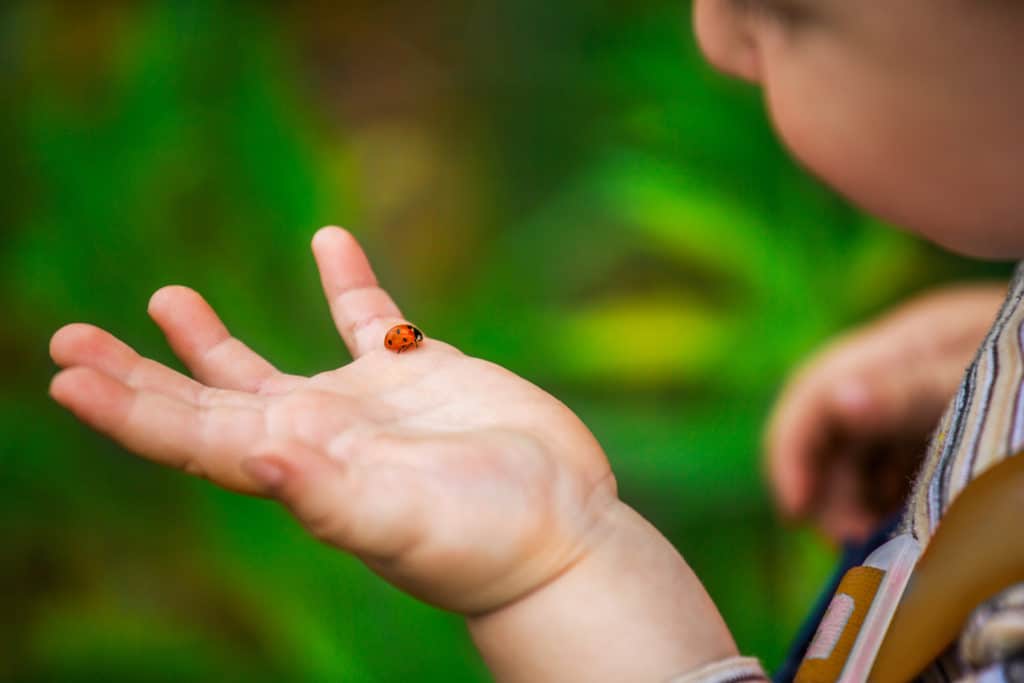Springtime Ladybug Control
Springtime Ladybug Control
Scarlet Little Beetles
Ladybugs are known by several different names including lady beetle, lady cow, and even ladybird. While their most common name suggests that they are ‘bugs,’ these little beetles are actually members of the Coccinellidae within the order Coleoptera (beetles), not Hemiptera (bugs). Lady bugs are typically rather small in size, measuring only about 0.8-10mm from end to end of their oval/round bodies. They have tiny antennae and are most recognizable by their deep reddish-orange color with black spots. Luckily, these little guys pose little to no threat to humans and are actually typically considered beneficial to have around. They are known for consuming other problematic pests that can be destructive to homes and gardens such as aphids, mites, and other insect larvae. But while there are benefits to these beetles outdoors, when they make their way into homes, they can be quite a nuisance. 
Ladybug Activity
As is the case with many pests, ladybug activity significantly increases in the spring as they re-emerge from hiding from the frigid winter weather. From their egg stage through adulthood, lady bugs live on average about 1-3 years depending on the subspecies and the state of the environment they are in. Typically, they are garden dwellers and have a tendency to congregate in large groups. 
Ladybugs in the Home
Finding a lone ladybug in your home is often met with pleasant surprise. These little beetles are quite harmless and even considered somewhat cute, making them one of the least despised pests in existence. However, if they have managed to congregate in your home in large numbers, they can be an overwhelming burden. It is the warmth and safety of homes that attract these little beetles, especially during the spring months where they are looking for a secure place to lay their eggs. They multiply rapidly with a single female possessing the ability to lay roughly 300 eggs in a year, each of which hatch after only 10 days. Unfortunately, this can put you at risk of a shockingly large ladybug infestation. 
Preventing Ladybugs
The best way to deal with ladybug problems is through implementing some basic preventative measures. These following steps can help you avoid ever encountering a ladybug problem in your home.
- Sealing any cracks or crevices in and around your home
- Securing and repairing any torn window or door screens
- Ensure there are no gaps under doors and install door sweeps if there is to seal off the entry point
- Inspect flowers and plants before bringing them inside (as ladybugs are typically hanging out in gardens)
- General tidiness – Vacuum and sweep regularly, reduce clutter (which acts as hiding places), clean surfaces frequently, etc.
If you happen to find that a few ladybugs have still made their way into your home, there is an easy way to help prevent the problem from growing further. Simply remove the beetles by either relocating them outside or disposing of them, then wash the surfaces on which you found them using soap and water. Physically relocating the colony members will encourage the beetles to reconvene elsewhere, and washing the surface removes any potential chemical trails that might have been left behind that would attract more ladybugs to the area. 
Professional Ladybug Control
If these little scarlet beetles have become too much to handle, or you want more powerful preventative measures, give us a call today. Our aim is to remove and prevent them from occupying homes so that they can remain in your yard, helping protect your plants and adding some beautiful bright colors to your spring. 
Citations
Frank, J. and Mizell, R. (2014) Ladybirds, Lady Beetles, Ladybugs (Insecta: Coleoptera: Coccinellidae), The University of Florida Department of Entomology and Nematology. The Florida Department of Agriculture and Consumer Services. Available at: http://entnemdept.ufl.edu/creatures/beneficial/lady_beetles.htm (Accessed: October 2020). How to Get Rid of Ladybugs (2021) This Old House. Available at: https://www.thisoldhouse.com/pest-control/21514061/how-to-get-rid-of-ladybugs (Accessed: March 31, 2021). Lady Beetles (no date) Cornell University College of Agriculture and Life Sciences. Available at: https://biocontrol.entomology.cornell.edu/predators/ladybeetles.php (Accessed: October 2020). Ladybugs (no date) PestWorld.org. The National Pest Management Association. Available at: https://www.pestworld.org/pest-guide/occasional-invaders/ladybugs/ (Accessed: March 31, 2021). Ladybird (no date) Amateur Entomologists’ Society. Available at: https://www.amentsoc.org/insects/glossary/terms/ladybird (Accessed: October 2020). Potter, M., Bessin, R. and Townsend, L. (2005) Asian Lady Beetle Infestation of Structures, The University of Kentucky College of Agriculture, Food, and Environment. The Department of Entomology at the University of Kentucky. Available at: https://entomology.ca.uky.edu/ef416 (Accessed: October 2020). Ramsey, M. (2015) Ladybug, Ladybug, Fly Away Home, The Real Dirt Blog of the US Master Gardeners of Butte County. University of California. Available at: https://ucanr.edu/blogs/blogcore/postdetail.cfm?postnum=16775 (Accessed: March 31, 2021).
Request a Free Quote Today
(We do not share your data with anybody, and only use it for its intended purpose)


